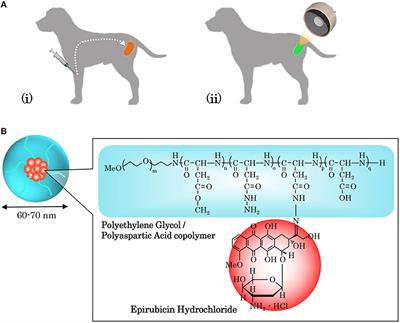ORIGINAL RESEARCH
Published on 11 Oct 2019
Diagnostic Accuracy of Magnetometer-Guided Sentinel Lymphadenectomy After Intraprostatic Injection of Superparamagnetic Iron Oxide Nanoparticles in Intermediate- and High-Risk Prostate Cancer Using the Magnetic Activity of Sentinel Nodes
doi 10.3389/fphar.2019.01123
- 1,780 views
- 9 citations





